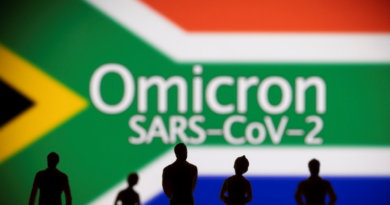Colourful Aghan Clothing Campaign Counters Taliban Dress Code
Glenwood: After seeing photos of black-clad Afghan women fully face veils at a pro-Taliban rally in Kabul, Bahar Jalali, an Afghan-American historian, launched a campaign highlighting the colourful colors of traditional Afghan dresses.
“I was very concerned that the planet would think that those clothing worn by those women in Kabul was traditional Afghan clothing, and that i don’t need our heritage and culture to be misrepresented,” said Jalali, who lives in Glenwood, Maryland, about an hour’s drive from Washington.
This is Afghan culture. I am wearing a traditional Afghan dress. #AfghanistanCulture pic.twitter.com/DrRzgyXPvm
— Dr. Bahar Jalali (@RoxanaBahar1) September 12, 2021
“Afghan women don’t wear hijab,” Jalali told AFP.
“We wear a loose chiffon headscarf that reveals the hair. And anybody who’s conversant in Afghanistan history, culture, knows that the clothing worn by those women haven’t been seen before in Afghanistan,” she said, pertaining to demonstrators at the pro-Taliban protest at a university lecture in Kabul earlier this month.
About 300 women — covered head-to-toe altogether black in accordance with strict new dress policies for ladies in education under the Taliban — waved Taliban flags, as speakers railed against the West and expressed support for the hardline Islamists.
“Afghan women don’t dress that way. Afghan women wear the colorful dresses that we showed the planet .”
Women’s rights in Afghanistan were sharply curtailed under the Taliban’s 1996-2001 stint on top of things , but since returning to power last month, they need claimed they’re going to implement a less extreme rule.
Women are going to be allowed to attend university, as long as classes are segregated by sex or a minimum of divided by a curtain, and ladies must wear an abaya robe and niqab, which cover the entire body and face, but a slit for the eyes.
Jalali moved to the us when she was seven.
She remembers Afghanistan under secular rule, with some women wearing short skirts and sleeveless dresses on the streets of Kabul, while others choosing to wear headscarves.
In 2009, Jalali returned to Afghanistan to show history and gender studies at the American University in Kabul, in what was the country’s first gender studies program.
After 8.5 years there, she returned to the us and now teaches Middle Eastern history at Loyola University Maryland.
“My students were very hooked in to gender equality, male and feminine students,” she recalled.
“So i actually can’t imagine how this new generation of Afghanistan that has never witnessed Taliban rule, that has grown up during a free and society , goes to be ready to suits this dark period that Afghanistan has now entered.”


